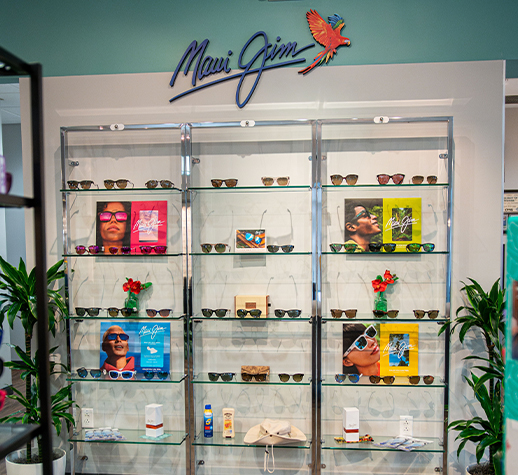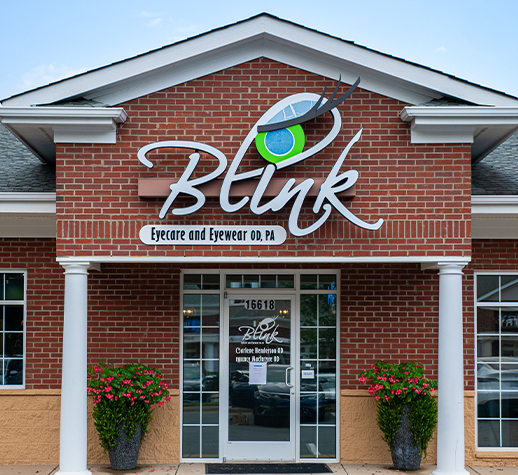
Orthokeratology, or ortho-k, is a vision correction technique that uses nightwear contact lenses. Specially designed lenses temporarily reshape the cornea, or front eye surface, while the patient sleeps. Reshaping the cornea helps to improve vision, mainly in patients with myopia. The vision improvements are temporary, fading when you stop wearing the lenses as directed.
Corneal Refractive Therapy
Orthokeratology, or corneal refractive therapy, involves using contact lenses to reshape the cornea. Abnormal changes in the cornea shape can affect the eye’s ability to focus light effectively. It results in refractive errors, such as myopia.
The lenses help to correct vision by reversing the abnormality. Eye specialists use corneal topography, an imaging technique, to capture the cornea’s shape. The doctor then uses the data to design custom-fitted permeable lenses that flatten the center of the flexible cornea. The contacts improve vision for a day or two after overnight wear.
Orthokeratology Lenses
Orthokeratology contacts are customized gas-permeable lenses fitted to reshape the cornea. Ortho-k treatment works similarly to dental braces, in theory, changing the shape of the cornea to improve vision overnight. The wearer can enjoy clear vision during the day without eyeglasses or regular contacts.
The specialized lenses provide an improved oxygen supply to the eye, making them more comfortable than regular soft lenses. The cornea reverts to its original shape when the patient stops wearing the lenses. Eye specialists usually prescribe the treatment to slow myopia progression in children.
What Can Ortho-K Treat
Ortho-k lenses can help to treat several refractive errors, but they are most effective for myopia or short-sightedness. Eye doctors prescribe ortho-k lenses for:
· Myopia.
· Astigmatism (mismatched cornea curves).
· Distant vision (hyperopia).
· Age-related farsightedness or presbyopia.
Vision usually continues to change through childhood and into early adulthood. It means the child will need an updated lens prescription every one or two years to continue correcting their eyesight. Studies show that ortho-k can stop or slow the progression of childhood myopia.
Results of Ortho-K Treatment
After removing the ortho-k lenses in the morning, the cornea remains flattened, and the vision likewise remains clear without the need for eyeglasses. Most people experience improvements in a few days. It can, however, take two or three weeks to attain optimum vision correction from ortho-k.
A series of ortho-k lenses are often required to reach the target prescription. Most patients need three pairs of lenses to achieve the desired correction. After attaining the target, patients use the same lens shape to maintain their improved vision.
Maintaining the Results
It is essential to wear ortho-k lenses as prescribed for best results. If a patient stops wearing the lenses at night, the cornea reverts, and the refractive error returns. It can take several days to get used to the lenses.
Over time, they become more comfortable. After attaining the desired curve, patients need retainer lenses to maintain their vision. Eye doctors examine each patient individually to determine if they are a good candidate for ortho-k.
Patients with mild or non-severe myopia are the best candidates for this treatment. There is no limit to how long individuals can use ortho-k lenses. It is, however, important to get regular eye exams to ensure that the eyes remain healthy.
For more on the eye conditions, that ortho-k can treat, visit Blink Eyecare and Eyewear at our office in Charlotte, North Carolina. Call (704) 817-3800 to book an appointment today.












